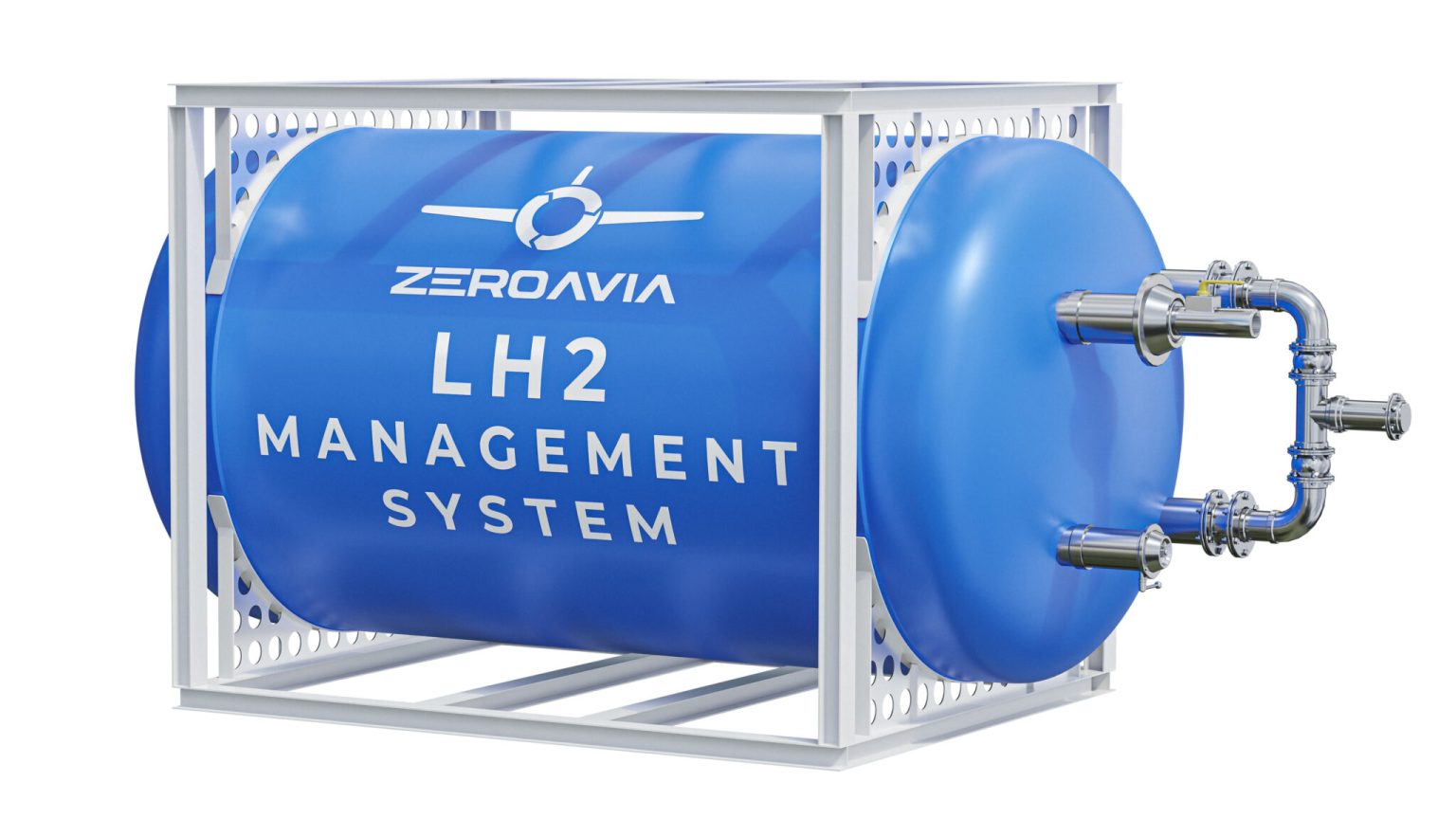With aviation under mounting pressure to decarbonize, the UK’s £10.8 million LH-SIFT project may provide a critical testbed for hydrogen’s long-term role in zero-emission flight. Led by ZeroAvia, the initiative aims to accelerate the development and integration of a novel liquid hydrogen management system into a Dornier 228 aircraft—marking what could become the first commercial airframe to fly using cryogenic hydrogen fuel.
Funded in part through the UK Government’s Aerospace Technology Institute (ATI) Programme, the LH-SIFT (Liquid Hydrogen System Integration & Flight Test) project targets two pressing challenges in aviation decarbonization: energy density and system maturity. While gaseous hydrogen has served early-stage fuel cell demonstrators, liquid hydrogen—stored at -253°C—offers significantly higher volumetric and gravimetric energy densities, a prerequisite for viable emissions-free flight beyond 20-seat aircraft.
The LH-SIFT project goes beyond theoretical studies, focusing on tangible system integration. The hydrogen management system includes a lightweight metallic tank and ancillary components for fuel fill, storage, venting, and vaporization. Consortium partners Green Resource Engineering and Gas & Liquid Controls are contributing to the design of critical subsystems, establishing a multi-entity collaboration that spans the hydrogen supply and aviation value chains.
Notably, the initiative establishes what ZeroAvia claims will be the world’s first cryogenic hydrogen testbed integrated into a flying commercial airframe. This enables a rare in-flight validation environment for components such as valves, sensors, and vaporizers—critical for safety, certification, and commercial scalability. By shifting testing from the lab to operational conditions, the programme is designed to de-risk future aircraft architectures and airport fueling systems.
While ZeroAvia continues to certify its ZA600 gaseous hydrogen-electric powertrain for 10–20 seat aircraft, the company’s ambitions rest on scaling up to its ZA2000 engine for 40–80 seat platforms. Here, the limits of gaseous storage become apparent. A transition to cryogenic liquid hydrogen is considered essential to extend range and payload without compromising weight or space—constraints that are particularly acute in aerospace applications.
According to industry analysis, liquid hydrogen stores approximately 71 MJ/kg, significantly more than compressed hydrogen at 700 bar. However, the technical complexities of insulation, boil-off management, and cryogenic fluid dynamics have slowed progress. Projects like LH-SIFT, which allow for in-flight system refinement, are critical to overcoming these engineering bottlenecks.
The UK Government’s backing of LH-SIFT forms part of a broader trend to couple industrial policy with net-zero objectives. The ATI Programme, under which this funding was awarded, is intended to keep British aerospace globally competitive while aligning with the UK’s 2030 decarbonization commitments.
Industry Minister Sarah Jones framed the funding as part of a broader “Plan for Change,” asserting that such investments are instrumental in boosting high-skilled jobs and reinforcing the UK’s role in clean technology manufacturing. The project also complements ZeroAvia’s recent establishment of a Hydrogen Centre of Excellence in Glasgow, expanding the company’s footprint in cryogenic systems development beyond its existing operations in Gloucestershire.
The move toward liquid hydrogen is gaining momentum globally. Airbus has proposed a liquid-hydrogen-powered aircraft by 2035. Meanwhile, airport hydrogen infrastructure planning is underway in several European countries. By developing in-flight test capability now, ZeroAvia and its partners may be well positioned to supply systems or components into future liquid hydrogen supply chains—domestic and international.
Stay updated on the latest in energy! Follow us on LinkedIn, Facebook, and X for real-time news and insights. Don’t miss out on exclusive interviews and webinars—subscribe to our YouTube channel today! Join our community and be part of the conversation shaping the future of energy.
